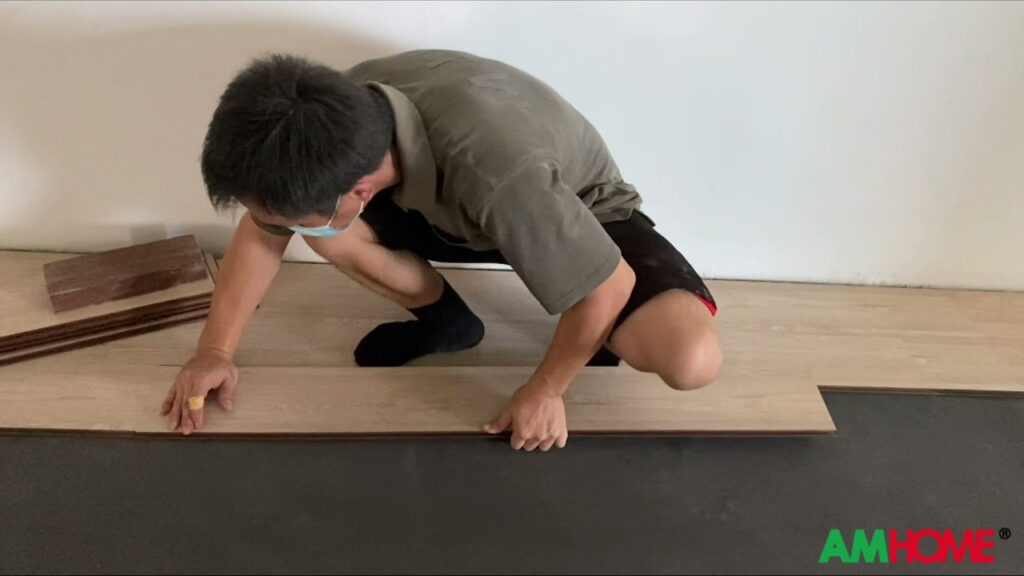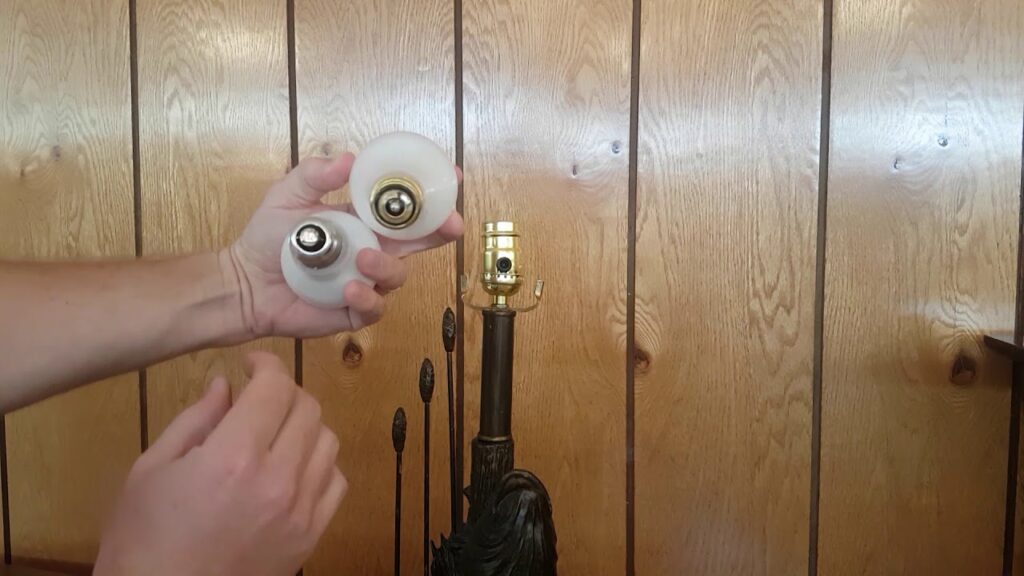1. Understanding Mosaic Tiles
Mosaic tiles are an incredibly versatile and visually appealing option for adding depth and character to any space. These small, colorful tiles are typically made from materials such as glass, ceramic, or stone, and are arranged in intricate patterns to create stunning visual effects. Mosaic tiles can be used on walls, floors, and even ceilings, adding a touch of artistic flair to any room.
One of the key elements of understanding mosaic tiles is the wide range of options available. From bold and vibrant colors to subtle and understated designs, there are endless possibilities when it comes to choosing the perfect mosaic tiles for your project. Additionally, mosaic tiles come in various shapes and sizes, allowing for creative freedom and customization to suit any aesthetic preference.
In terms of installation, mosaic tiles require precision and attention to detail. Due to their small size, the installation process can be intricate, but the end result is well worth the effort. Whether creating a stunning backsplash in a kitchen or adding a pop of color to a bathroom, mosaic tiles offer a unique and customizable solution for enhancing any space.
When it comes to maintenance, mosaic tiles are relatively easy to care for. Regular cleaning with a mild detergent and water is typically all that’s needed to keep them looking their best. With proper care and maintenance, mosaic tiles can maintain their beauty and charm for years to come, making them a durable and long-lasting choice for any interior design project.
2. Preparing the Surface
When it comes to any construction or renovation project, one of the most crucial steps is preparing the surface. Whether you are painting a wall, installing flooring, or applying a new finish, the quality of the surface preparation can significantly impact the final result. Proper preparation ensures a smooth and durable surface that allows the new materials to adhere effectively.
Before starting any surface preparation, it is essential to thoroughly clean the area. This includes removing any dust, dirt, grease, or other contaminants that may affect the adhesion of the new material. Additionally, inspecting the surface for any cracks, holes, or uneven areas is crucial. These imperfections should be filled, patched, or leveled to create an even and seamless surface.
Depending on the specific project, surface preparation may also involve techniques such as sanding, sandblasting, or using chemical cleaners to remove old finishes or coatings. The goal is to create a clean, roughened surface that promotes strong adhesion and ensures the longevity of the new materials. Adequate surface preparation is the foundation for a successful and long-lasting result, making it an essential step in any construction or renovation project.
3. Installing Mosaic Tiles
When it comes to adding a touch of elegance and artistry to any space, mosaic tiles have proven to be a popular choice. The installation process for mosaic tiles may seem daunting at first, but with the right techniques and tools, it can be a rewarding DIY project. Here are a few key steps to ensure a successful installation:
Choosing the Right Adhesive
Selecting the appropriate adhesive is crucial for ensuring the longevity of mosaic tile installations. Opt for a high-quality thin-set mortar that is suitable for your specific tile material and the surface it will be applied to. Be sure to follow the manufacturer’s guidelines for mixing and application to achieve a strong bond.
Creating a Solid Substrate
Before beginning the installation, it’s essential to prepare a smooth and sturdy substrate. Whether tiling a wall or a floor, ensure that the surface is clean, level, and free of any debris. Use a suitable backer board for added stability, especially in wet or high-traffic areas.
Proper Grouting Technique
After the mosaic tiles have been firmly set, the grouting process is the final step in completing the installation. Use a rubber float to press the grout firmly into the spaces between the tiles, ensuring full coverage. Once the grout has partially cured, carefully wipe away any excess with a damp sponge to reveal the stunning mosaic pattern.
Installing mosaic tiles can transform any space into a work of art. By following these key guidelines and techniques, you can achieve a professional-looking installation that will enhance the visual appeal of your home.
4. Grouting and Sealing
Grouting and sealing are essential steps in the maintenance and care of various surfaces, including tile, stone, and concrete. Proper grouting not only enhances the appearance of the surface but also ensures its durability and longevity. It involves filling the gaps between tiles or stones with a material that is resilient and resistant to moisture and stains. Additionally, sealing is crucial for protecting the surface from water damage, stains, and other external factors that can compromise its integrity.
When it comes to grouting, it’s important to choose the right type of grout based on the specific requirements of the surface. For instance, sanded grout is ideal for wider joints, while unsanded grout is suitable for thinner joints. Furthermore, epoxy grout is highly resistant to stains and water, making it a great choice for areas prone to moisture and spills. Choosing the appropriate grout color is also crucial, as it can significantly impact the overall aesthetic of the surface.
Sealing is a vital step in safeguarding surfaces against moisture penetration and staining. It creates a protective barrier that repels water and other substances, thereby preventing damage and deterioration. Depending on the type of surface, various sealants such as penetrating sealers, enhancing sealers, or topical sealants may be used to provide the required level of protection. Regular resealing is essential to maintain the efficacy of the sealant and ensure continuous protection.
In conclusion, grouting and sealing play a pivotal role in preserving the appearance and functionality of surfaces such as tile, stone, and concrete. Understanding the specific requirements of the surface and selecting the appropriate grout and sealant are crucial for achieving effective protection and longevity.
5. Maintenance and Care
When it comes to maintaining and caring for your [product or item], there are several key considerations to keep in mind. First and foremost, regular cleaning is essential to ensure that [product or item] remains in optimal condition. This includes using gentle, non-abrasive cleaners and avoiding harsh chemicals that could damage the [material or surface].
In addition to cleaning, it’s important to follow any specific maintenance guidelines provided by the manufacturer. This may include regular inspections, lubrication, or other routine tasks to keep the [product or item] functioning properly. By following these guidelines, you can extend the lifespan of your [product or item] and prevent avoidable damage or wear.
Another important aspect of maintenance and care is storage. Properly storing your [product or item] when not in use can prevent unnecessary wear and tear. This may involve using protective covers, storing items in a climate-controlled environment, or following specific storage recommendations provided by the manufacturer.
Lastly, proactive care and maintenance can help to identify and address potential issues before they escalate. Regular inspections and attention to any changes in the [product or item]’s condition can help to catch problems early, preventing more severe damage and costly repairs down the line. By prioritizing maintenance and care, you can ensure that your [product or item] remains in top condition for years to come.

